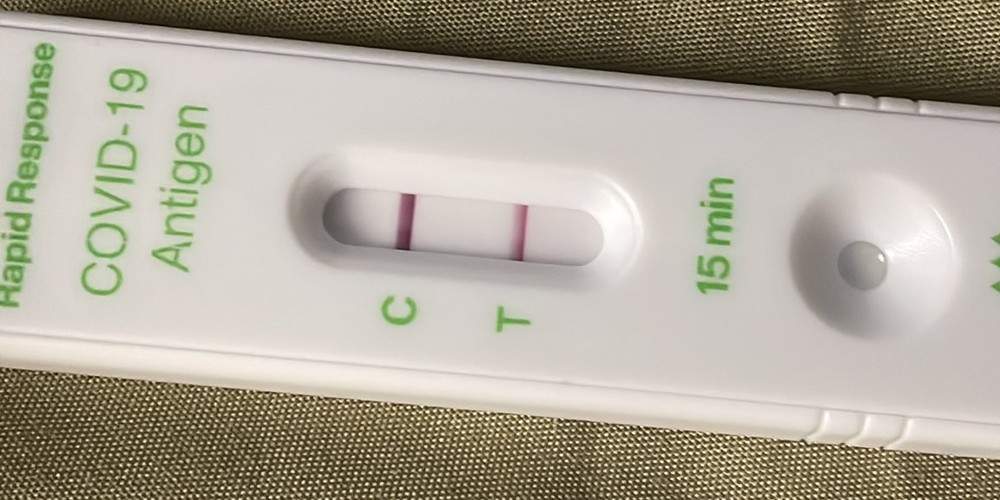The most popular Tweet I ever posted described the situation at the time (one that still persists in many ways today) in which vaxx-nannies blame the unvaxxed for their problems. I posted, “This is the only vaccine that people take three times, then wear masks, close businesses, stay home, and still get the disease, only to turn around and blame the unvaccinated for their troubles.”
It received 40k likes and I was really proud of it. This Tweet on the same subject by Steve Deace from The Blaze is better:
Self-owning tweet in which Spirit of the Age cultist admits her cult and all its false promises failed her, but she’ll keep on culting because that’s what cultists do.
Self-owning tweet in which Spirit of the Age cultist admits her cult and all its false promises failed her, but she'll keep on culting because that's what cultists do. https://t.co/kuKo78R33t
— Steve Deace (@SteveDeaceShow) October 3, 2022
One of the biggest upcoming challenges we will face is the reckoning that will follow realizations and revelations that nearly all of the Covid protocols, jabs, government-endorsed treatments, and indoctrinating rhetoric were built on bald-faced lies. Those who have embraced Pandemic Panic Theater will not react well when the world they’ve built for themselves based on recommendations by people like Anthony Fauci, Deborah Birx, and Bill Gates comes crashing down.
These Covid cultists have put themselves in a psychological box.
That box is in the process of being torched with their worldviews trapped in it.
The social justice educator whose Tweet prompted Deace’s response epitomizes the cult. Many members are well-educated. They are generally collectivists. They espouse woke rhetoric and adore woke causes. While I disagree with their ideology, I acknowledge that they came to their distorted perspectives based on contemplation and their own version of logic. With Covid, they dumped their ability to contemplate and abandoned all forms of logic. This is why they tend to blame others when the jabs, face masks, and social distancing that weren’t really intended to be safe and effective turn out to be unsafe and ineffective.
She Tweeted, “I wear a mask everywhere. I social distance. I am so careful to protect others. I don’t go out to eat, I exercise outside, eat healthy… take care of my mental health.. but I am in a school and it is futile. And I have a fever 102.1 and positive test. I am upset and angry.”
Yes, it’s the Spirit of the Age. Those who are not participating in it have a hard time understanding why logic fails so many. Otherwise intelligent people have gone braindead over Covid because cult membership requires intellectual submission.
Controlling Protein Is One of the Globalists’ Primary Goals
Between the globalists, corporate interests, and our own government, the food supply is being targeted from multiple angles. It isn’t just silly regulations and misguided subsidies driving natural foods away. Bird flu, sabotaged food processing plants, mysterious deaths of entire cattle herds, arson attacks, and an incessant push to make climate change the primary consideration for all things are combining for a perfect storm to exacerbate the ongoing food crisis.
The primary target is protein. Specifically, they’re going after beef as the environmental boogeyman. They want us eating vegetable-based proteins, lab-grown meat, or even bugs instead of anything that walked the pastures of America. This is why we launched a long-term storage prepper beef company that provides high-quality food that’s shelf-stable for up to 25-years.
At Prepper All-Naturals, we believe Americans should be eating real food today and into the future regardless of what the powers-that-be demand of us. We will never use lab-grown beef. We will never allow our cattle to be injected with mRNA vaccines. We will never bow to the draconian diktats of the climate change cult.
Visit Prepper All-Naturals and use promo code “veterans25” to get 25% off plus free shipping on Ribeye, NY Strip, Tenderloin, and other high-quality cuts of beef. It’s cooked sous vide, then freeze dried and packaged with no other ingredients, just beef. Stock up for the long haul today.


